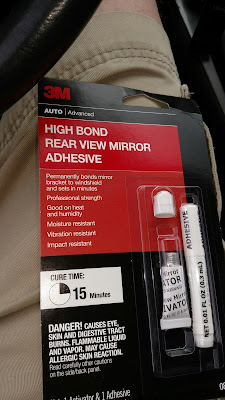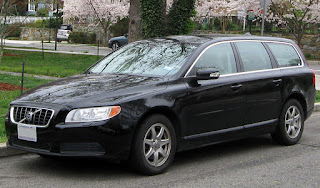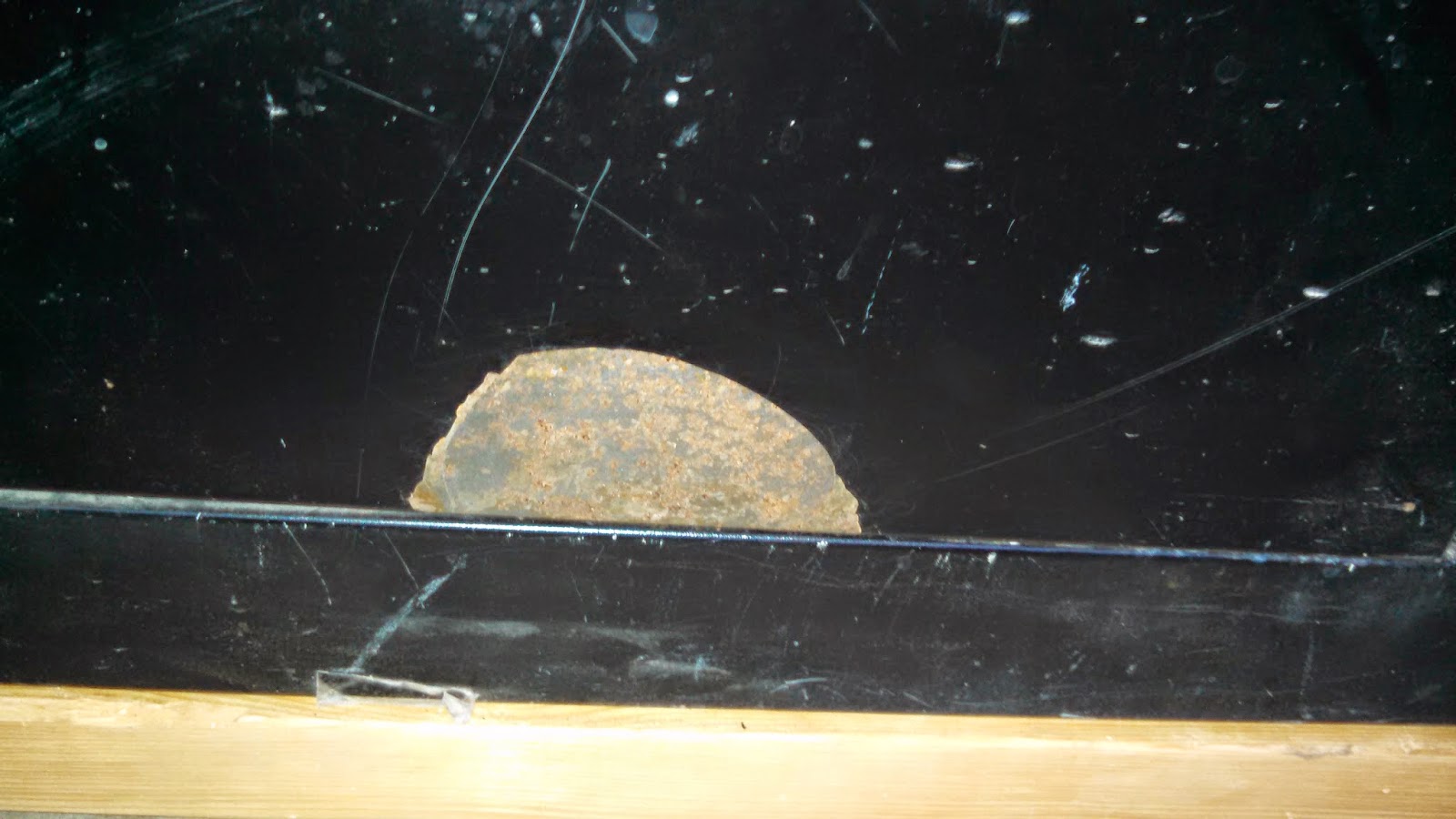I Repaired My Car Window with Duct Tape (and It's OK)
 |
| Broken car window held closed with duct tape |
A funny thing happened last summer. The rear driver side window in my car wouldn't roll up. It was having some intermittent problems with the electric motor going up and down and would sometimes get stuck for a few minutes until it would move again. Finally it stopped moving altogether. Pushing the window up into the closed position didn't work. The window would just slide about half way open and would not stay closed.
It would have been more convenient if the window would have stopped working in the closed position instead of the open position. If the window had stuck in the closed position, I could have ignored it. But with the window open, rain would come in and cause further damage. Plus wind noise at highway speed is pretty loud with the window half way down all the time. Clearly I would need to do something about the window not being able to close.
I thought about taking my car in to a shop to have the window repaired, but I have heard horror stories about bills of hundreds of dollars for repairing electric car windows. Coming up with that kind of money was not going to work. But I had duct tape. Not every problem can be solved with duct tape - or at least that is what my wife tells me. But I decided this was just the kind of problem that called for duct tape.
I didn't want my car to look too junky with duct tape all over since I drive it to work. So I decided to tape the window closed from the inside with duct tape, and trim the tape neatly to make it less obvious that the window is taped closed.
Minimizing the amount of duct tape is a security enhancement too, since the window could be pried open from outside, and using a lot of duct tape would call attention to that fact. From outside the car, the small amount of duct tape is barely visible.
Duct tape was a better solution than glue for keeping the window closed since the duct tape can be removed easily. If I find either the money to have the window repaired, or the time to figure out how to repair it myself with salvaged parts, I will be able to remove the duct tape fairly easily.
I added a finishing touch to the project by placing some painter's tape over the window switch in the back seat. This serves as a reminder not to try to move the window with the switch since it is taped closed.
 |
| Painter's tape over window switch |
The duct tape has been holding for over 6 months now without any problems. As you can see in the first photo, I used some silver duct tape and some extra-strong "gorilla" black duct tape to keep the window closed.
Project time: Less than one hour.
Project cost: About $1.
Savings: Probably a few hundred dollars by using duct tape instead of repairing the electric window.
Copyright © 2017 by Dr. Penny Pincher. All Rights Reserved. Privacy Policy





































